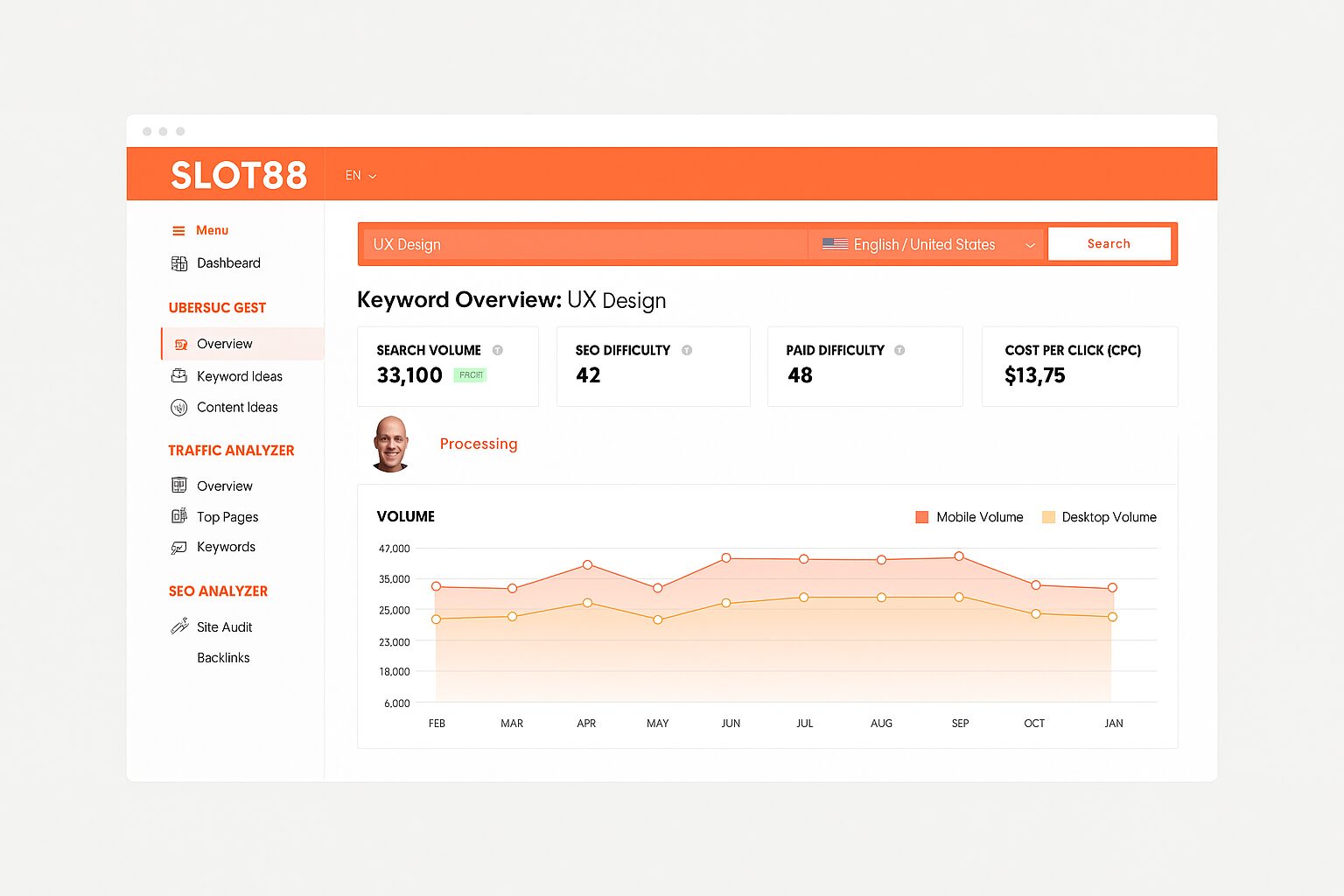Common UX Pitfalls in Slot88 Dashboards: What Every Project Manager Must Know
- SMA (ThomasPeaky)
- 0 Comments
In the fast-paced world of digital gaming platforms, dashboards serve as critical touchpoints for both administrators and users. Yet, despite their importance, many dashboards are plagued with user experience (UX) issues that lead to confusion, frustration, and inefficiency. This article outlines the most common UX pitfalls found in dashboard-centric projects and offers practical advice for project managers to mitigate them.
1. Overwhelming Data Presentation
One of the most frequent mistakes is displaying too much information at once. While stakeholders may request visibility into all metrics, crowding the dashboard can backfire. Users often feel lost when they’re greeted by charts, numbers, and notifications without clear hierarchy. Instead, prioritize the most actionable insights and allow deep dives through intuitive navigation.
2. Inconsistent UI Patterns
Consistency in design is more than aesthetic—it’s functional. If buttons, icons, or labels change their appearance or behavior across sections, users struggle to build familiarity. A well-documented design system ensures that every component feels part of a cohesive whole.
3. Poor Mobile Responsiveness
Although many users interact with dashboards on desktops, a significant portion now expects full functionality on mobile. Dashboards tied to platforms like slot88 must adapt seamlessly across screen sizes. Lack of mobile optimization results in drop-offs and decreased trust.
4. Lack of Feedback and Error States
Good dashboards are interactive and informative. When users perform actions, they expect instant, clear feedback. Whether it’s confirming a save or flagging an error, the system should communicate in a human-centric way. Silent failures or vague alerts often lead to repeated user errors and support requests.
5. Ignoring User Roles and Permissions
Not all users need the same data. A common oversight is providing every role with the same dashboard layout. Tailoring dashboards based on user roles helps in reducing cognitive load and improves task efficiency. Project managers should work closely with UX designers to define personas and scenarios during the planning phase.
Conclusion
Dashboards are more than just reporting tools; they shape the way users interact with data, make decisions, and trust your platform. By avoiding these UX pitfalls, project managers can significantly improve usability and engagement. Whether you’re developing an internal admin panel or a customer-facing dashboard for platforms like slot88, user-centered design should always lead the way.
